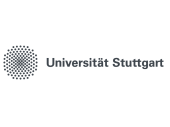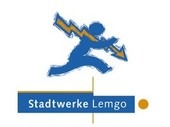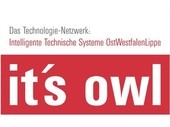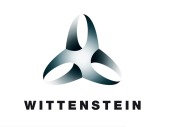Flow simulation and air technology
Many industrial plants and machines have fluids as work equipment, e.g. cooling, drying, coating, pneumatic conveying. By examining the flow and the heat transport of these tools, efficiency increases can often be achieved, e.g. by reducing the proportion of dissipated energy by changing the flow or making the process more efficient (e.g. by increasing the convective transport coefficients) and more effectively (e.g. by reducing the dwell times). The flow simulation enables heat and material flows to be examined for their fluid mechanical properties. The numerical solution of the Navier-Stokes equations is used to calculate flows and the coupled solution of the energy and transport equations also considers heat and mass transport in parallel. Commercial program packages from ANSYS, Star-CCM and Numeca as well as own developments, e.g. based on OpenFOAM, support with the analysis. We pay particular attention to applications that place increased demands on modeling due to their complex physical relationships: moving geometries, turbulence, multi-phase flows, non-Newtonian material behavior, heat and mass transfer. By transferring the results to the dimensionless representation, these can then be generalized. In parallel to the simulation, we can validate our approaches through measurements on a laboratory scale.
In ventilation technology, we focus on flow management, individual components and carry out leakage tests. For valve gates and blowers, the impellers as well as their housing, installation conditions inflow and outflow are considered. Another focus is the study of room currents to ensure efficient and comfortable room air conditioning.































































